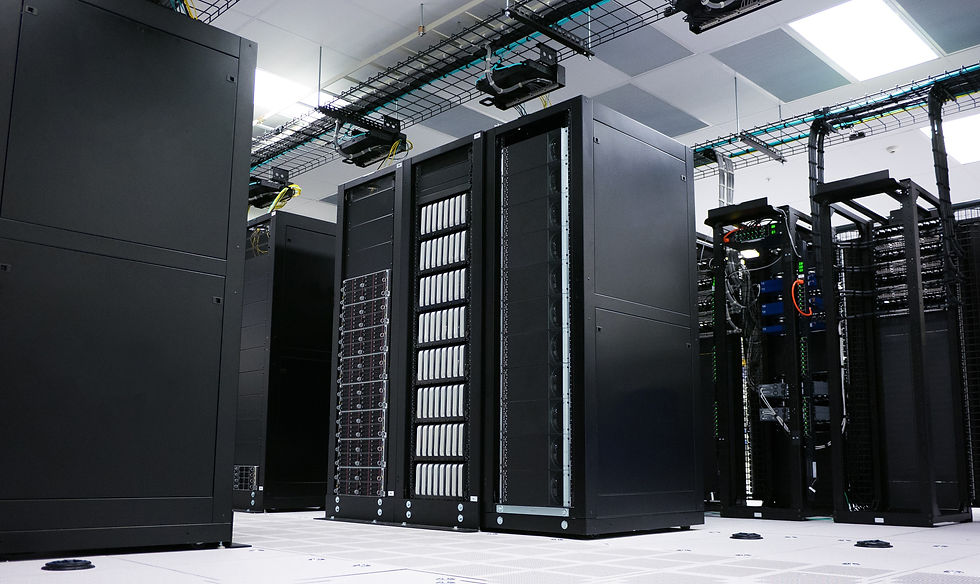Monitoring Cloud Applications & Infrastructure
- Virendra Bhattad
- Aug 24, 2020
- 2 min read

Moving to the cloud is a great way to enjoy more security and uptime. The cloud providers also do their part to ensure your environment keeps running without any issues or glitches. However, that doesn't mean you should turn a blind eye to your cloud infrastructure or applications.
Rather, businesses should be proactive and invest in monitoring cloud resources. Let's explore why and how you can monitor your cloud environment for the best results.
Why You Need to Monitor Your Cloud
Cloud technology and services are not without risks. In fact, threats like cyberattacks have increased by 630% since the beginning of this year. Unless you are proactive in protecting yourself, your business might take the hit and run into losses.
Apart from cybercrime, monitoring is also essential to identify flaws or issues in your environment. Monitoring can help you track problems when they are still small. As a result, you can take corrective actions on time to prevent any bigger disruption.
Benefits of Cloud Monitoring
Resiliency
Monitoring your applications and infrastructure create resiliency. You can be on the lookout for malicious codes, software, or apps that are out to take down your business. Adept monitoring keeps threats and cybercriminals at bay and ensures uninterrupted operations.
Highest Availability
You can lose $10,000 per hour due to downtime and business disruptions. Monitoring ensures you catch problems while there's still time to avoid costly interruptions. Your business can stay up and running, without running into losses or upsetting customers.
Improved Productivity and Efficiency
Eliminating threats and issues from your infrastructure ensures your productivity stays at the top level. Your services and microservices also run without problems at the highest levels of efficiency. The boost in productivity directly translates to profitability, making a positive impact on your bottom line.
Best Practices of Cloud Monitoring
1. Know What to Monitor
Not all apps or components of a cloud environment need monitoring. Determine your areas of weakness and components that lack visibility. Then monitor what you discovered.
2. Determine Metrics
The next best practice is to decide on a list of metrics to track. Choose the KPIs that directly relate to your pain points and areas of weakness.
3. Use Monitoring Tools
Businesses can use a host of tools for efficient monitoring. These tools depend on high levels of automation and don't need constant human involvement. They are great to zero in on issues and problems without depending on guesswork.
4. Test Your Apps
Create artificial disruptions or outages to test how your apps perform in critical times. Develop your apps with agility, so that they are better equipped to handle failures. You can even automate tests using DevOps technology.
5. Monitor Storage
Be sure to monitor your cloud storage. Even simple mistakes like missing on resetting a debug flag can fill up GBs in seconds.
Final Thoughts
Pair with an expert cloud agency to monitor your cloud apps and infrastructure like a pro. NeuSwyft can help you stay proactive and monitor your cloud environments for the highest protection. Contact us today to know how we can help.




Comments